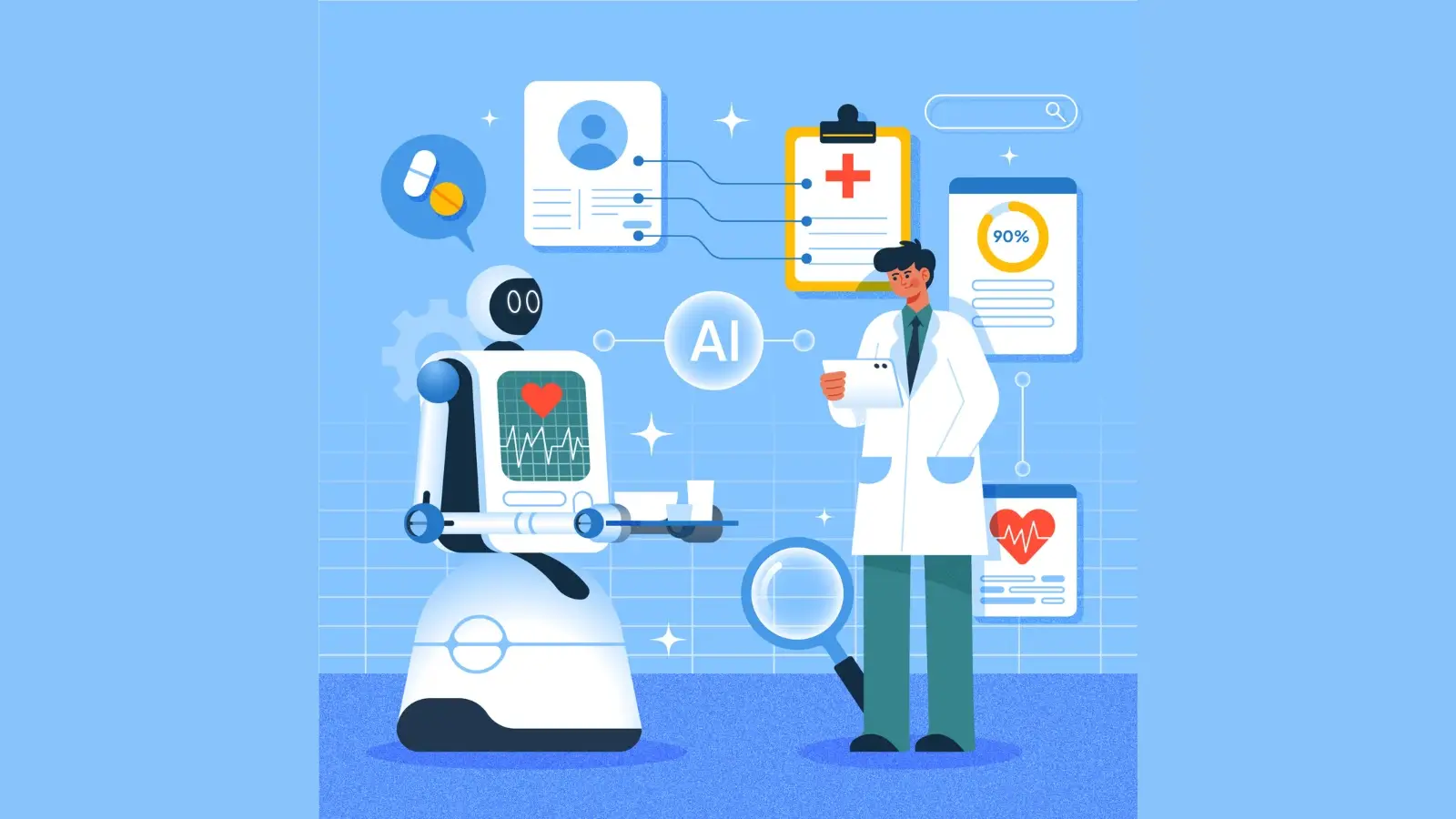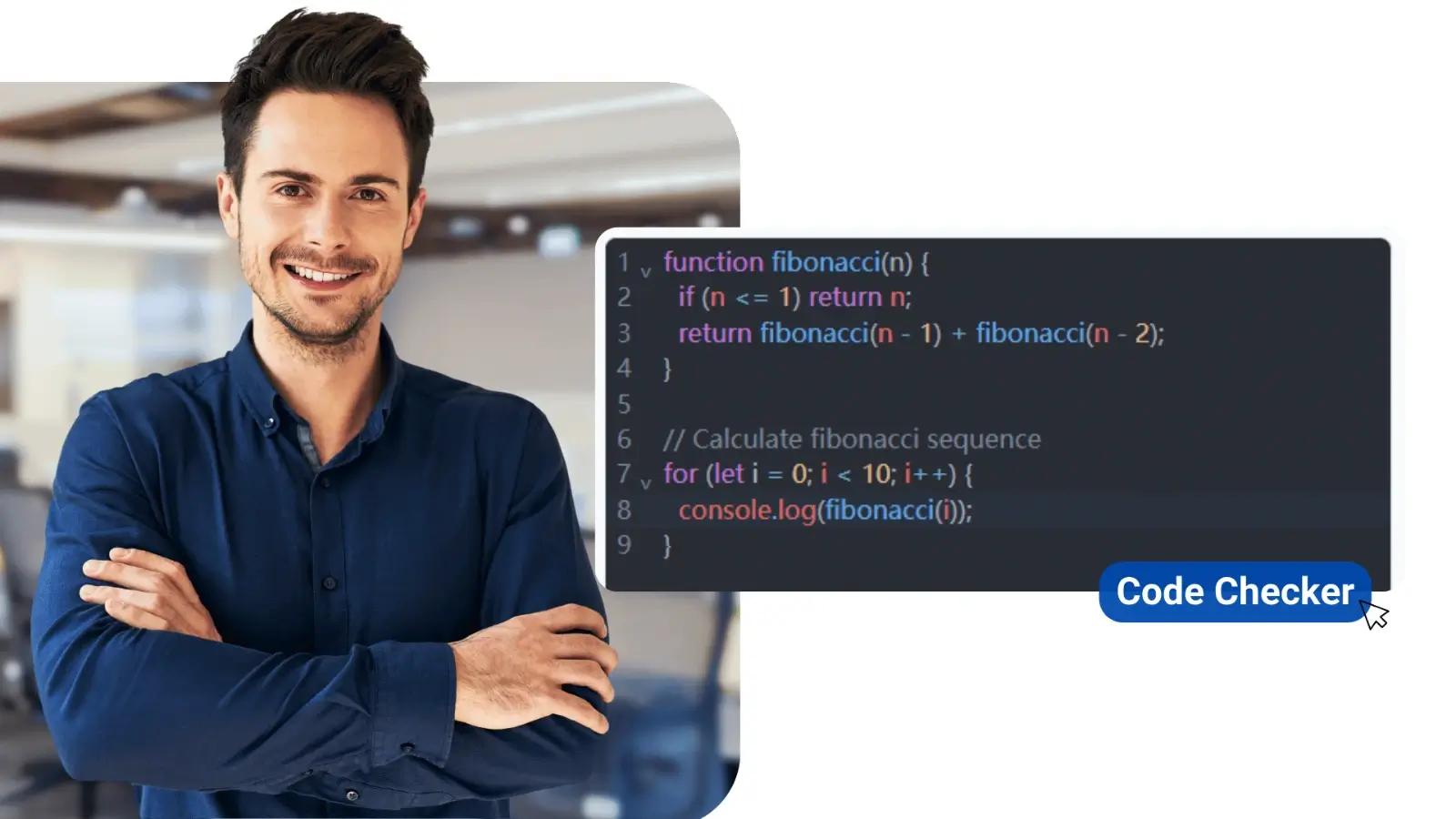The emergence of test AI in software development has transformed how applications are tested for reliability, performance, and scalability. Older testing methods lag behind the speedy release cycles of contemporary software development. With the increasing complexity in applications, AI-driven QA agents are being positioned as a solution to optimize test efficiency, eliminate repetitive tasks, and enhance test coverage.
QA agents utilize AI-based models to scan, run, and optimize test cases in real time. Such agents extend beyond basic test automation by learning from past test runs, anticipating likely failure points, and making adjustments to test scenarios independently based on system response.
What Are QA Agents?
QA agents are applications powered using machine learning algorithms that are designed to enhance various aspects of software testing and enable smarter, more efficient, and faster test automation. In contrast to conventional tools that use predefined test cases through scripting, QA agents use predictive analytics, natural language processing, and machine learning to dynamically comprehend test cases, detect defects, and optimize script. These smart agents learn continuously from past test runs, thereby being extremely responsive to changes in application software. Through self-healing techniques, predictive failure analysis, and self-reporting of defects, QA agents greatly lower the labor involved in keeping tests up to date and running.
Self-Healing Test Automation: Reducing Script Maintenance Overhead
One of the major issues with classic test automation is keeping scripts updated when things like UI components, or API responses, or locators are modified. QA agents detect these automatically and update test scripts without requiring manual intervention. For example, if the UI of an application is updated by altering an element's XPath or CSS selector, a typical automated test will break. A QA agent, on the other hand, inspects past test runs, determines substitute locators (e.g., text-based, visual recognition, or element relations), and heals itself from the script to resume execution without the need for manual corrections. This significantly minimizes test maintenance and provides more stable test runs in changing applications.
Intelligent Test Generation: AI-Driven Test Case Optimization
In addition to running predefined scripts, QA agents can also generate optimized test cases automatically from application behavior, code modifications, and past defect trends. Through analysis of user interaction logs and API calls, QA agents can identify common workflows and generate test cases for key actions like login authentication, checkout procedures, or transaction processing automatically. This feature maximizes test coverage with minimal manual effort in test case design.
Predictive Analysis: Identifying High-Risk Areas in Software
AI-driven QA agents also leverage past test data, machine learning algorithms, and live analytics to anticipate areas of possible failure within an application. Through the tracking of previous test runs and error occurrence patterns, such agents can identify areas of vulnerability in an application's architecture and direct testing accordingly. For instance, if an API endpoint consistently takes a long time to respond while the system is under heavy load, then a QA agent can mark it as high-risk so that extra performance tests are run during subsequent test cycles. This early detection of failure enables teams to plan for upcoming issues before they can affect users.
Autonomous Bug Reporting: AI-Driven Defect Documentation and Classification
Apart from defect identification, QA agents automatically report, categorize, and set a priority on bugs with respect to impact and severity. In case of a test failure, they record extensive logs, screenshots, stack traces, and system metrics. AI-driven classification assigns priority levels on defects depending on the analysis of impact to ensure that severe bugs are taken care of first.
How QA Agents Operate: AI-Powered Testing in Action
QA agents operate using a blend of machine learning algorithms, natural language processing (NLP), and computer vision to decode and execute test cases programmatically. As opposed to traditional test automation tools that stick to scripted routines, QA agents cleverly respond to changes in applications, identify anomalies, and streamline test processes. Their potential to learn autonomously and get better with time has made them a breakthrough in contemporary software testing.
Test Case Understanding: AI-Powered Test Script Generation
QA agents review application requirements, user stories, and historical test cases to create organized, shareable test scenarios. NLP allows them to translate manual test scripts, extract major test parameters, and programmatically transform them into executable automated tests. This lessens the reliance on manual scripting considerably and keeps test cases current with changing application logic. Furthermore, QA agents may also improve test coverage by uncovering missing edge cases and recommending further test cases based on failure patterns in the past.
Application Interaction & Execution: Mimicking Real-User Behavior
Unlike other automation tools based on hardcoded locators and predefined interactions, QA agents use AI-powered automation to interact with applications as a human user. QA agents can detect UI elements dynamically, move from one screen to another, click buttons, type text, and verify expected output based on real-user behavior. This makes sure that test automation is immune to slight UI changes without the need for regular script updates.
Defect Identification & Resolution: AI-Driven Anomaly Detection
QA agents repeatedly cross-check actual test results with predicted outputs, pointing out discrepancies and automatically logging possible defects. By pattern detection and machine learning, they are able to distinguish between valid defects and temporary failures due to environmental or network fluctuations, minimizing false positives in test reports. Predictive modeling also improves defect analysis by analyzing historical test execution data and calculating the probability of recurrence. This enables teams to schedule defects in order of their severity and effect, making more critical ones get addressed sooner.
Continuous Learning & Adaptation: Self-Optimizing Test Automation
In contrast to static automation scripts that are updated manually from time to time, QA agents improve with time. By learning from historical test runs, user interactions, and defect patterns, they refine their test accuracy and efficiency. This learning ability allows QA agents to improve test assertions, streamline test execution paths, and amplify defect identification rates through each iteration. With it, companies realize an evolving automation framework of their tests continuously well-positioned regarding updated software specifications as well as current-user experiences.
Benefits of QA Agents in Software Testing
1. Reduced Manual Effort & Faster Test Execution
Traditional software testing is highly labor-intensive in terms of script development, execution, and maintenance, which tends to drag the development process. QA agents execute the same test cases multiple times automatically and adjust dynamically to changes in the application, minimizing the need for constant script updates. This allows QA teams to shift their focus to exploratory testing, usability testing, and critical edge cases that require human judgment. Additionally, since QA agents work autonomously, they can execute tests around the clock, significantly accelerating the testing process and reducing overall test execution time.
2. Improved Test Coverage with AI-Driven Insights
The biggest drawback of manual testing is the inability to validate all possible user interactions and edge scenarios. QA agents use AI-driven analytics to analyze application behavior, historical defects, and user flows to create in-depth test scenarios beyond scripted scripts. By detecting edge cases and anticipating possible failure areas, QA agents make sure software is thoroughly tested in real-world usage scenarios. This heightened level of coverage improves product reliability, reduces unexpected failures post-deployment, and optimizes total user satisfaction.
3. Faster Bug Detection & Resolution
With AI-powered defect tracking, QA agents no longer just identify bugs - they analyze, categorize, and rank them based on severity and impact. By automatically categorizing defects, priority items are given the highest attention, cutting down development teams' debugging time. Moreover, by leveraging historical trends and predictive insights, QA agents can predict recurring bugs and suggest in-advance fixes before they become big issues. This eases defect fixing and increases software stability level in different releases.
4. Enhanced Scalability for Modern Development Workflows
QA agents integrate seamlessly with cloud testing environments and enable large-scale parallel testing on various browsers, devices, and operating systems. Scalability is crucial for organizations releasing web applications that must perform perfectly in varied environments. Developer QA tools driven by AI provide effective test running in sophisticated infrastructures and ensure compatibility with CI/CD pipelines. Platforms like LambdaTest provide cloud-based AI-driven automation capabilities that support scalable testing, which allows teams to execute thousands of tests concurrently and achieve faster release cycles without compromising quality.
Challenges of QA Agents in Software Testing
While QA agents provide massive benefits, their integration comes with the following set of challenges:
1. Complex Initial Setup
Deploying AI-based QA agents requires quality training data and calibration for specific flows of an application. Agents that are not properly trained may create flaky test cases. For dynamic UI widgets, the initial testing configuration is quite time-consuming. Companies need to invest in systematic training and continuous learning to increase the accuracy level.
2. False Positives & False Negatives
AI testing can sometimes misinterpret UI changes, producing false positives (issues that don't exist) or false negatives (existing issues not reported). This can lead to wasted debugging time or severe undetected bugs in production. To mitigate this, teams need to employ a hybrid approach with human testers validating AI-reported defects and model prediction calibration over time.
3. Integration with CI/CD Pipelines
In order to work effectively, QA agents should be able to seamlessly integrate into CI/CD pipelines and test management tools. AI-powered developer QA tools, like cloud-based platforms, provide an easy way to integrate and run tests in parallel across multiple environments. Platforms like LambdaTest , an AI-native test execution platform provide AI tools for developers and testers by offering scalable infrastructure and real-time debugging capabilities, ensuring compatibility with agile and DevOps workflows.
The Future of QA Agents in Software Testing
The evolution of test AI is putting the software testing capabilities to greater limits, increasingly autonomous and smarter. Any future developments in the field of AI-based testing tools will naturally center upon:
-
Increased Explainability – Making AI models more explainable so that they can give transparent reasoning behind their test outcomes.
-
More Human-Like Testing – Making computer vision and NLP models more human-like in simulating actual user behavior.
-
Seamless DevOps Integration – AI-powered QA agents will be an integral part of the CI/CD pipeline, allowing continuous testing without any human intervention.
By combining powerful QA tools for developers, organizations can make tests more efficient, save costs, and improve software quality.
Conclusion
QA agents are revolutionizing software testing by making test execution smarter, faster, and more autonomous. With the advancement of AI, these smart testing solutions will become a necessity for guaranteeing software quality in changing development environments. Organizations using AI tools for developers can improve their test automation frameworks, providing quicker releases and more stable applications.

















